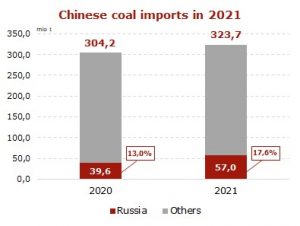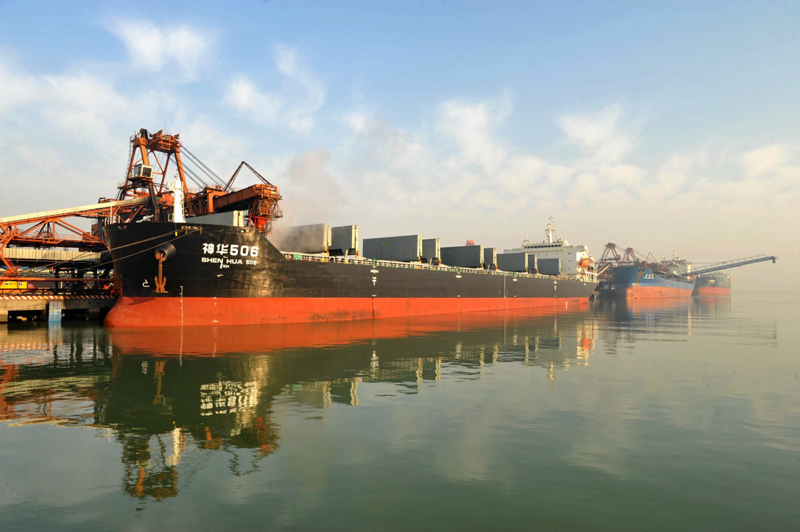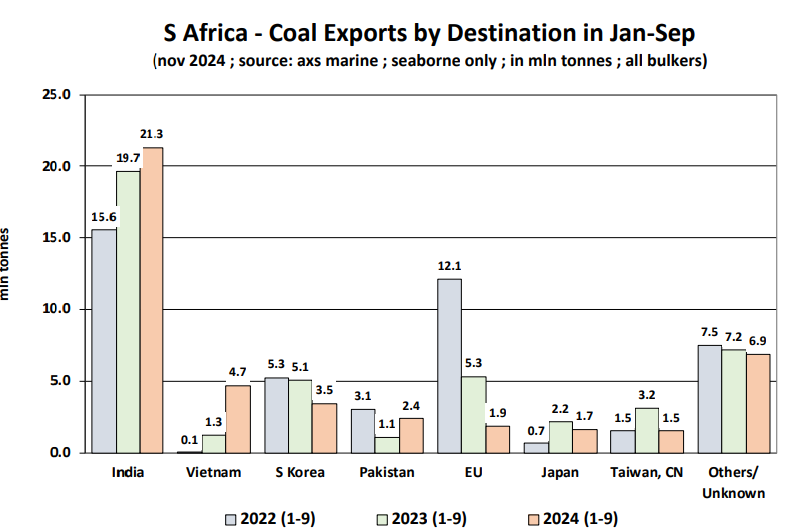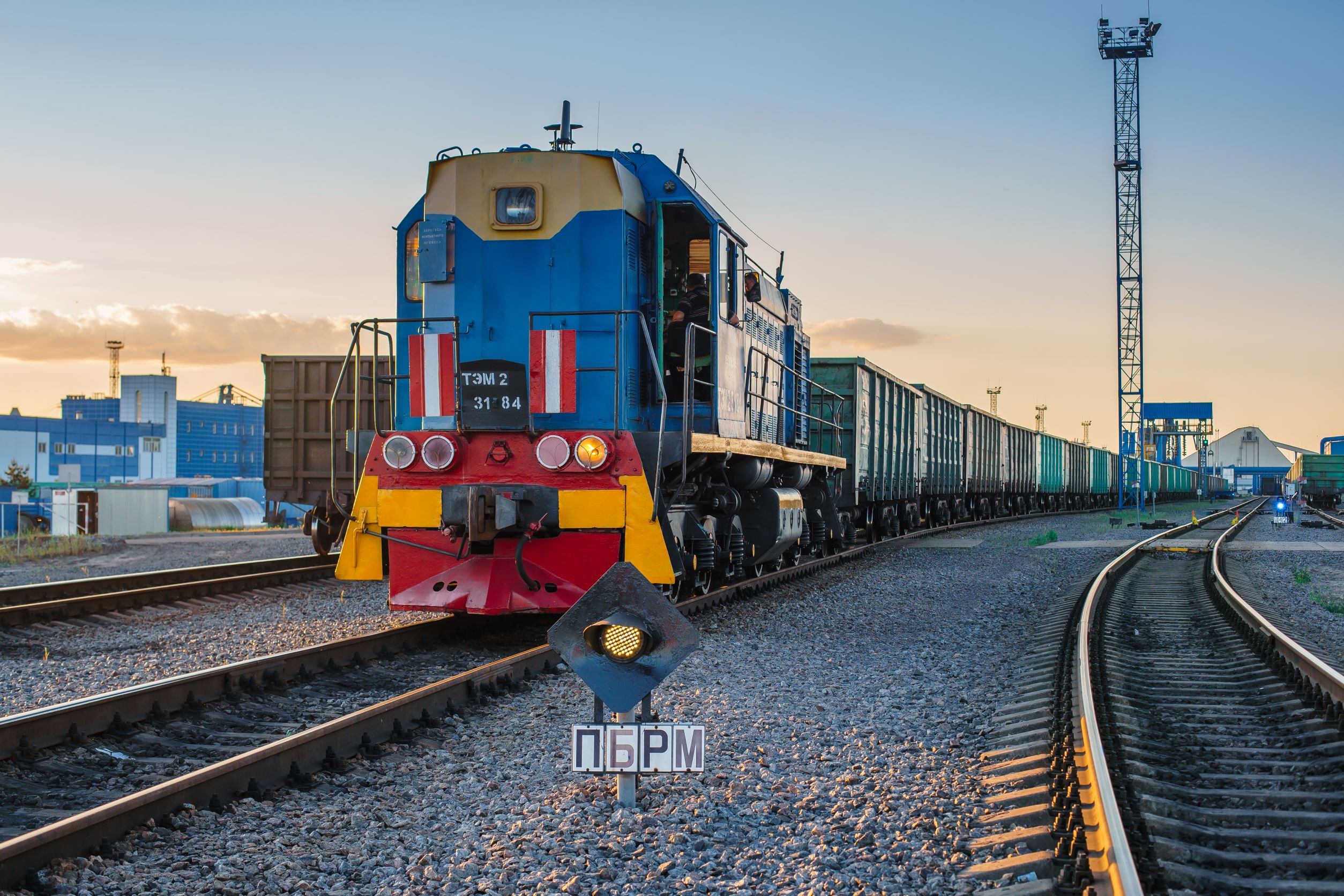

Russia is negotiating to enhance coal supplies to China. Potential annual growth could reach 50 mio t in case of favorable market conditions and increase in railway carrying capacity.
China is already the largest importer of Russian coal. It accounted for almost 18% or 39.6 mio t of export supplies from Russia in 2020. In 2021, Russian coal exports to China surged to 57 mio t (+17.4 mio t or +44% y-o-y), while total exports of Russian coal in 2021 amounted to about 225 mio t.
Currently Russian coal companies are poised to expand supplies to China.

Kolmar plans to double coal output by 2023 up to 24 mio t per year and increase shipments to China to 9 mio t of coal concentrate.
Elgaugol supplied more than 8.5 mio t to China in 2021, more than 3 times higher than in 2020, with the shipments planned for 2022 in the amount of 16–18 mio t.
Sibanthracite also intends to ramp up exports to the Chinese market. In 2021, the company’s supplies to China increased by 18% to 8.4 mio t and in 2022 its exports may grow by more than 30% and exceed 11 mio t.
SUEK lifted exports to China by 20% to 7.6 mio t. The company sees an additional opportunity to increase deliveries to China through railway border crossings up to 2.5 mio t per year.
China is keen to import coking coal due to its shortage, caused by the embargo on supplies from Australia. Another driver, which may affect the growth in demand for seaborne material could be the tightening of coal mining regulations in China.
However, a significant increase in deliveries to China largely depends on the development of the Baikal-Amur Mainline (BAM) and Trans-Siberian Railway (TSR). In 2020, the railway carrying capacity of the Eastern range was 144 mio t, including 122 mio t accounted for coal. As part of the second stage of the modernization of the Eastern range, the throughput capacity should increase to 180 mio t in 2024. The upgrade of the infrastructure will ensure the capacity growth by 30-40 mio t, but it may take from four to seven years.
Source: CAA













